When and why are Benjamin's ficus pruned?
Indoor flowers need to be watered, transplanted, and sometimes trimmed on time so that they have an attractive appearance and excellent health. Pruning Benjamin ficus is a useful procedure. It can be done twice a year: in spring and at the end of summer.
Why is Benjamin's ficus pruned?
Some indoor plant problems can be solved by pruning. In ficus, such an operation is performed in the following cases.
- It is necessary to correct the shape of the flower, to rejuvenate it.
Pruning indoor plants has gone from being a simple procedure to being an art. Ficus can be shaped like a bush or grown as a standard crop. Some growers practice "ficus weaving", when young specimens intertwine the stem, creating a skillful silhouette. A special science is the cultivation of ficuses like bonsai. Such beautiful compositions sometimes look like small sculptures, take on the outlines of animals, birds, people or geometric shapes.
It is better to entrust the execution of some difficult types of trimming to specialists. Broken or weak stems are usually removed at home. If the plant has an irregular shape, it can be corrected by pruning. Leaves fall, part of the stem is exposed, branches on the ficus grow on one side - the beauty will be restored by removing unnecessary branches.
- The plant has grown too large for the room it is in.
Over time, there may be little space in the ficus room. In indoor conditions, this plant reaches a height of almost two meters and a width of more than a meter. In greenhouses, a flower can turn into a five-meter tree.
- Ficus fell ill.
In this case, sanitary pruning is carried out, combining it with treatment.
How to properly trim Benjamin's ficus?
During the procedure, it is important to adhere to the following rules.
- Observe cleanliness. It is necessary not only to wash your hands before work, but also to carefully prepare the instrument. A small pruner or sharp scissors should be decontaminated. This can be done by rubbing the sharp blade with alcohol. Another way is to bake the metal part of the tool over an open flame.
- Before pruning, carefully look at the flower. First, remove all dry twigs. Then you need to decide which parts to cut off in order to correct the shape of the plant. You can mark the border of removal with chalk or a bright ribbon so as not to accidentally cut off a too large stem or the desired branch. This is important if the flower is very large.
- The cut is performed over the kidney. The milky juice is wiped off with a damp cloth and the wound is sprinkled with chopped charcoal. If you need to remove only a small upper section on a branch, pinch it.
- The resulting stems are not discarded. They can be used for plant propagation.
The main features of crown formation
Usually, some branches are partially pruned. Extra, poorly located shoots are selected for removal. The cut should be beveled on thick shoots and straight on thin ones. Young green branches are cut over the bud without leaving a hemp.
A plant that has been seriously affected by disease, pests, or improper care is given radical sanitary pruning. The central trunk is significantly shortened to the flower. Be sure to leave a sufficient number of side branches so that the plant can restore the damaged crown. A flower that is too shortened may die if there is no opportunity to start new shoots.
Several specimens of Benjamin's ficus are sometimes planted in one pot.You can intertwine the main stems of such plants at a young age. They are fixed in the desired position for a while using a wide tape. Over time, the branches will become lignified, forming an original silhouette. Florists call this technique "ficus weaving".
Several plants in one pot can also be grown in the form of a bush. To do this, each of the ficuses at an early age is removed from a part of the central shoot, over time, the shape of the plants is constantly corrected.
An interesting view of the ficus Benjamin of the standard form. You can get an original look if you cut off all the lateral shoots of a young plant, except for the top five. The procedure is carried out regularly, forming the desired shape. When the plant reaches the desired height, pinch the top, allowing lateral branches to develop.
Pinching will help to give the crown of the ficus a fluffier look. During the procedure, pinch the upper shoots of the plant with a sharp instrument. This is done in the spring and in the first half of summer, at the beginning of the period of active vegetative growth. Before pinching, the buds under the cut site are carefully examined, from which, after removing the upper part of the branch, new shoots will develop. It is good if they are directed outward from the central part of the flower and are evenly spaced. With regular pinching, the crown becomes much more luxuriant, and the leaves of the ficus become smaller.
To adjust the appearance of the plant, you can use spacers, pulling back closely spaced branches. At the ends of the inserts made of wood or hard wire, foam rubber or other soft material is placed so as not to damage the stems of the plant. Over time, the branches will become woody and the spacer can be removed - the flower will retain its new shape.
Advice
The milky sap that is released from the wound when pruning ficus contains rubber. It is harmless to most people, but dangerous for those who suffer from latex allergies. Allergy sufferers need to be very careful when working with the plant.
Ficus Benjamin tolerates pruning easily. Correctly carried out crown formation does not cause problems, but only improves the condition of the flower. The ideal time for the procedure is the start of the growing season, a few weeks before the transplant. Pruning during the fall-winter season robs the flower of the nutrients accumulated over the summer and can lead to uneven shoot growth.
Reproduction of ficus Benjamin
Young bushes are often grown from twigs that remain after pruning. Choose healthy lignified shoots about 12 cm long. The lower leaves on the branch are removed and placed in water. An opaque container is chosen, an activated carbon tablet is added to the liquid to prevent rotting of the lower part of the sprout. Shoots are placed in a warm and bright place, without access to direct sunlight. The water is regularly changed and topped up if necessary. The roots of the branches will appear in about a month.
Advice
There is no need to wait until the root system becomes huge, a length of about 4 cm is enough. The roots that grow in water and soil have a completely different structure, so it is important to plant young plants in the ground on time.
Young ficuses, ready for planting, are planted in separate pots. Care is carried out as usual, as for adult specimens. The main thing is to protect them from the sun at first and water them on time.
Other breeding methods are layering and seed. They are used much less often, because growing from cut off shoots is the most affordable and easy way to get a new plant.
Maintenance requirements after pruning
After the manipulations carried out, the flower does not change the content mode. Ficus Benjamin is a hardy and undemanding plant. The optimum growing temperature is 13 to 22 ° C. It is better to put it at a distance of about 2-3 m from a bright window, in winter - away from the radiators. It is good if direct sunlight falls on the ficus for several hours a day in winter, this is especially important for variegated varieties.It is better to avoid this in hot weather: sunburn may occur. They appear as brown spots on the leaves.
Advice
You can not put a flower near the front door or often open window. The thinnest stems dry from cold drafts, the plant loses its leaves, especially young, recently blossoming ones. In case of massive leaf fall, the ficus must be urgently rearranged, having found a more suitable place.
During the period of active growth, from March to October, the flower is fed with a complex fertilizer for decorative leafy indoor plants.
They moisten Benjamin's ficus on average once a week, allowing the earth to dry well between waterings. In the summer months, they are saturated with water more often, during the dormant period, they are watered less often, about once every ten days. It is useful to spray the flower several times a week, especially after turning on the radiators in the cold season and in extreme heat in summer. This should be done when direct sunlight does not fall on the flower to avoid burns. Dry air is the main cause of yellowing and leaf fall. Once a month, it is helpful to wipe the ficus leaves with a sponge dipped in water to remove accumulated dust.
Pests and diseases
A diseased plant needs to be treated, because the flower weakens, looks worse and may even die.
When attacked by red spider mites, aphids, scale insects or scale insects, the ficus is treated with an insecticide.
Root rot can develop on a plant if it is watered too often and abundantly. A diseased flower is removed from damaged roots and transplanted into a new substrate.
All types of Benjamin ficus will appreciate the correct pruning. After the procedure, the flower seems to come to life, a sea of young leaves and new branches appears. A favorite indoor plant, under favorable conditions, pleases the owners for decades, helping to create comfort in the house.
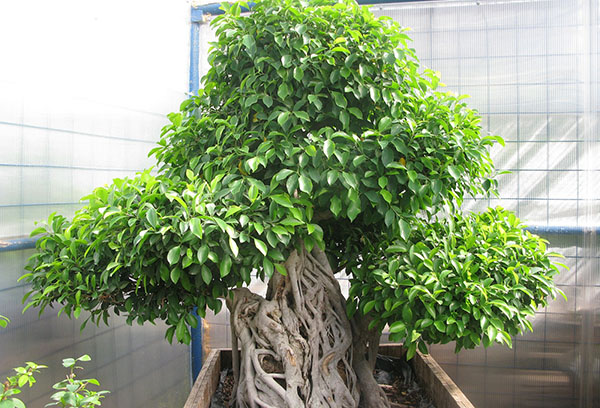
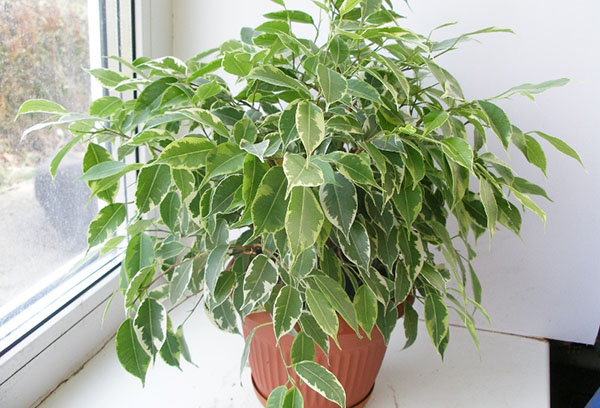
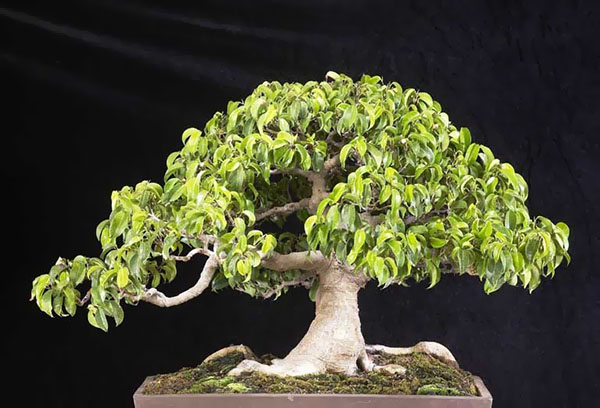
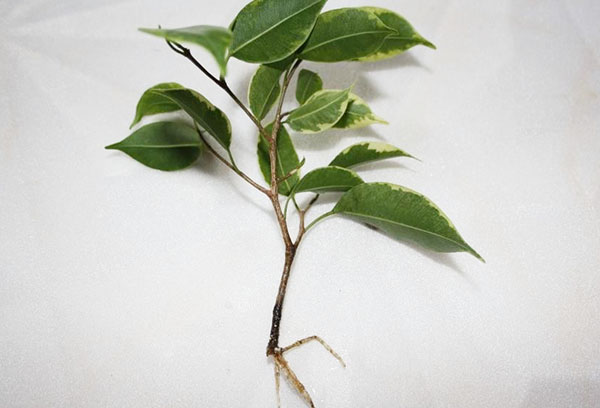
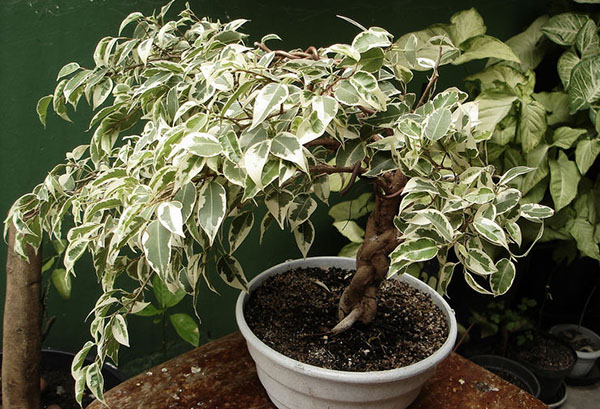
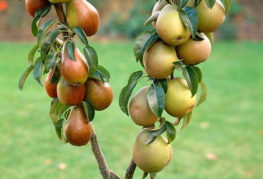
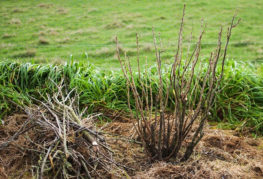
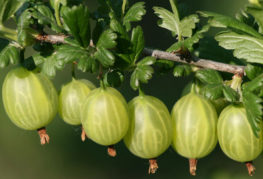
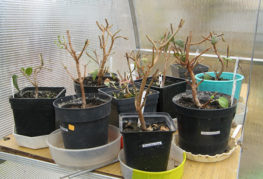

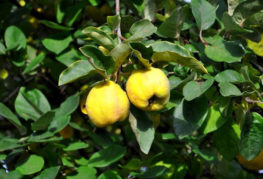
and will be published shortly.